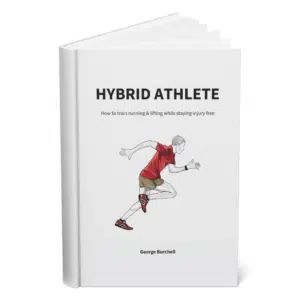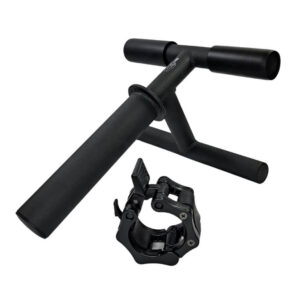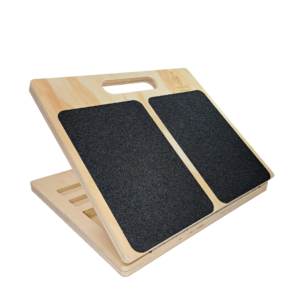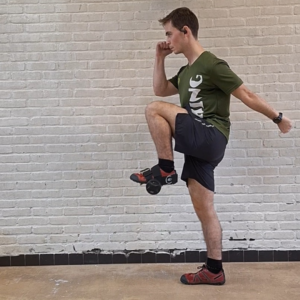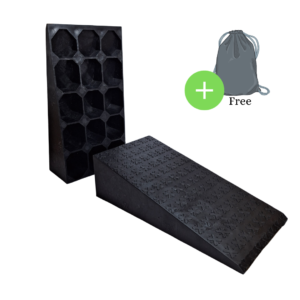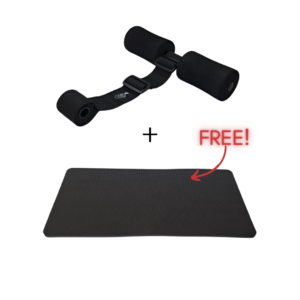
If you’re reading this blog, the chances are you’re either trying to get rid of a pain point or prevent one. After all, it is true that athletes turn to knees over toes (aka KOT) for its longevity benefits.
It’s also true that the whole KOT scene is still fairly new. Fortunately, a lot of people saw the bulletproofing side of it.
However, a lot of knees-over-toes newcomers need clarification with this exercise philosophy. Where to start? Which exercises? Do I need knees over toes exercise gear for this?
Let’s talk about it.
Start With Patience and Prepare To Be Humbled
Before everything else, KOT is about mobility. To be exact, it’s about pushing your body to its natural range of motion while utilizing the joints, muscles, ligaments, and tendons in a balanced way.
But the thing is – even some advanced athletes (especially in strength and endurance sports) have issues with the initial phases of KOT training philosophy.
The revelation that “some stretching before and after lifting” isn’t exactly the healthiest approach can be demoralizing. Not being able to do some simple (yet intricate and effective) exercises like the Poliquin step-up is a humbling experience.
Every athlete new to this approach has been there. You will have to start slow, especially if you’re experiencing pain and/or have previous injuries injuries.
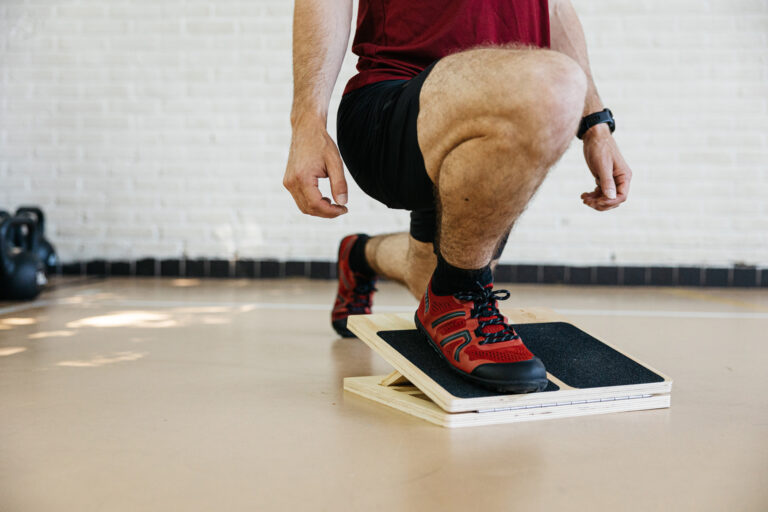
The Knees Over Toes Training Philosophy
The name is already self-explanatory – the KOT approach tells us that letting your knee go over your toe while you squat is not only normal, but a wanted motion.
We even have scientific data to prove that knees-over-toes squatting is beneficial to preserving our bodies’ kinetic chain and leverages.
Our bodies are made to squat deeply (aka ass to grass). Whether it’s a two-leg or a split squat, the KOT allows us to fully utilize our feet, ankles, knees, and hips. The biggest two parts of this philosophy are:
- Real-life movement simulation – KOT exercises transfer to both sports and IRL situations.
- Injury prevention, aka bulletproofing – by teaching your body to utilize all available muscle and joint structures, you prevent and avoid wear and tear injuries, as well as muscle imbalances.
Lastly, Knees-Over-Toes isn’t an exclusionary philosophy. It complements various athletic disciplines, like weightlifting, long-distance running, and sports with a lot of jumping and direction changes (e.g. basketball), OCR, calisthenics, etc.
You get the idea – wherever functional mobility and strength are needed, knees-over-toes is there to help.
Assess Your Mobility and Start With The Basics
The KOT learning curve isn’t exactly the most welcoming. Luckily, after you assess you mobility, the beginner-level knees-over-toes exercises come with the famous zero equipment needed feature. This essentially means that you can tackle every part of your kinetic chain with no special gym equipment.
If you do decide to give KOT a shot, take a look at our in-detail guide to knees over-toes-training. Also, here’s a short list to get you started:
KOT basics / No equipment
- Backward walking
- Tibialis raises
- FHL calve raise
- KOT calve raise
- Patrick Step
- ATG Split Squat
- Elephant walk
- L-Sit
- Couch stretch
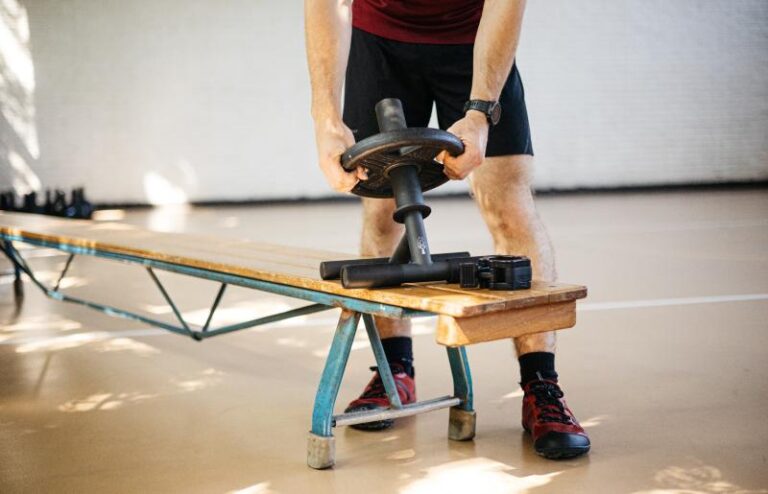
Do I Need Special Exercise Gear For KOT Training Progression?
Most KOT exercises come with progressions, be it in range of motion, load, or volume. Truth be told, a kettlebell and a pair of dumbbells can take you far.
But, we would be lying if we just omitted the benefits of a tib bar, or the progression levels that a slant board offers.
However, once you get a grip on the foundational knees-over-toes stuff, you’ll be able to determine your weak points more easily. And the ideal way is to tackle those points with adequate training gear.
Make sure to check out the Hybrid Athlete Longevity Bundle that has everything you need to cover not only the basic, but advanced KOT exercises.
Is Knees Over Toes Legit or Not?
We can safely say that the knees-over toes is safe for virtually every athlete out there. Of course, there are rare cases (e.g. Achilles tendinitis) where KOT should be implemented cautiously.
In the end, it is up to you to pick the mobility approach and match it with the sport you’re into. But we can’t and should not deny the benefits of knees-over-toes, be it for recovery or injury prevention.
Get the best knees over toes gear at hybrid athlete shop
Above all, a storyteller. Then comes marketing, branding, writing music, powerlifting, and woodworking.

